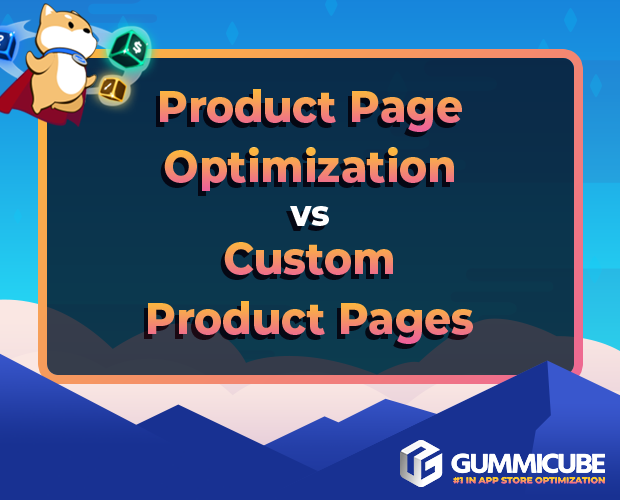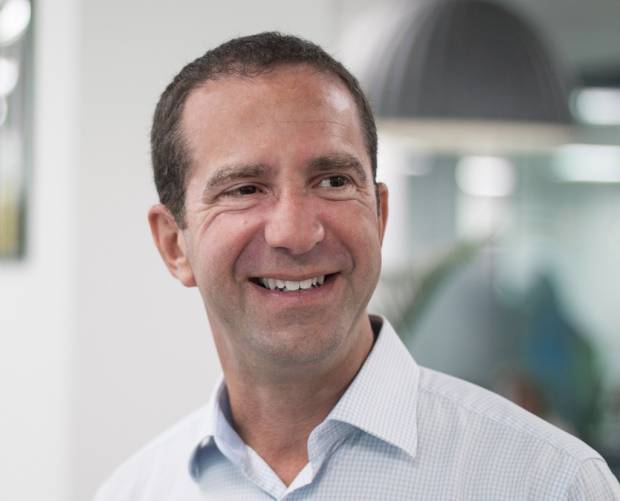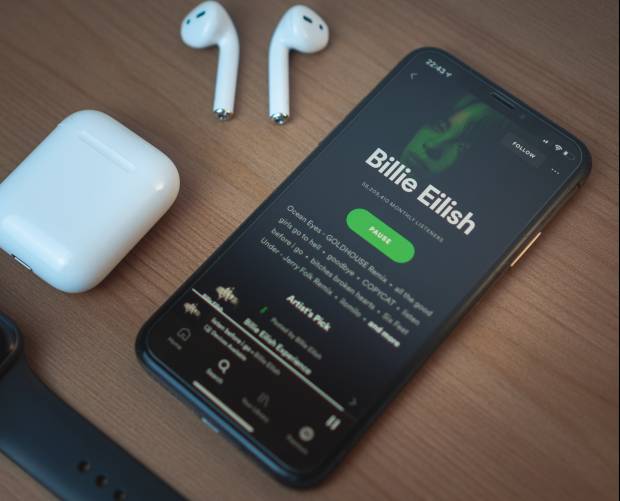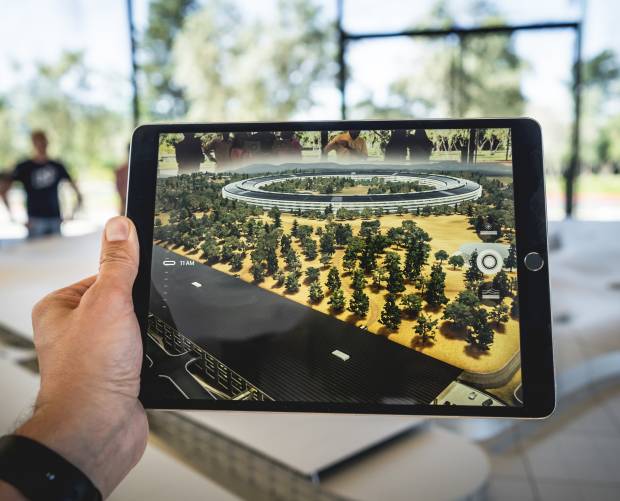Port in a Storm
- Tuesday, June 28th, 2016
- Share this article:
 Amir Malik, director of programmatic at Trinity Mirror Solutions, looks at the options for news publishers trying to navigate the waves of digital evolution.
Amir Malik, director of programmatic at Trinity Mirror Solutions, looks at the options for news publishers trying to navigate the waves of digital evolution.
Speaking candidly, news publishers are having a tough time with digital. This struggle is elucidated by a few simple home-truths about technology’s evolution, both hardware- and software-driven. Compounding this struggle is the shift in content distribution. I’d like to evaluate a few of these reasons and tackle these matters at the core.
Unless you’ve been living on the moon for the last three years, you would have heard of programmatic, which is a macroeconomic shift in how digital media is bought by advertisers. Programmatic is highly profitable for ad agencies, as well as efficient, tracing its origins back to ad networks who skinned themselves as buyer-agnostic tech companies to permeate publishers as a tier 2, or back-fill, monetisation solution.
However, global agencies soon realised this platform could be exploited, and have harnessed the power of automation and data-driven marketing. Investment across digital inventory via programmatic technology is rocketing; this real-time, user-specific buying has democratised digital inventory. Within this democratisation, agencies are essentially setting their own prices as investment isn’t simply inventory-driven, it is in fact audience-driven, where the buyer simply wants to know their ad is in-view and targeting a human who is relevant to their brand.
Revenue wounds
Hunting cookies and device IDs like piranhas, trading desks are often operated by low-cost grads with millions of dollars at their disposal, who seem to drive more ROI for an advertiser than a traditional media booking. But Header Bidding, Programmatic Guaranteed, etc. are plasters over gaping revenue wounds, and none are sufficient in replacing the loss of high-yielding, direct agency investment. Publishers are churning out the ‘re’, namely reorgs and redundancies, symptomatic of the trauma and shift in digital and print decline for that matter.
To go from bad to worse, technology is changing the way we digest media. The question of who controls the internet boils down to one reality, uttered by the late founder of Reddit, Aaron Swartz: “The people who control the internet are those who control the distribution of content.” Without jumping into the abyss of dark social, which can be described as the sharing of content across personal messaging platforms, publishers, ostensibly, have two problems right now – they’re called Google and Facebook. Frenemies who innovate in the digital space faster than anybody else, and by virtue of process-laden legacy media businesses, bound by short term realities who thus forfeit long term commitments, these frenemies have taken the mantle of serious media investment. WPP for instance invested $3.5bn (£2.4bn) in Google in 2015, and $950m in Facebook. But the scale of these mega-publishers transcends advertising.
The growth of these mega-publishers, with audiences in the billions, tracked across bespoke software and proprietary cloud technologies, has impacted the digital ecosystem. The independent ‘web’ server, the browser, will soon be an ancestor of content distribution as the Android and iOS platforms aggregate apps and the mobile web. Facebook and Google are tampering with the very fabric of web infrastructure and monopolising our front-end experience of the internet. The commercial operating models of Facebook, Google, and the like will continue to suck revenues away from content owners as their work is funnelled into these landscapes.
Cyclical failure
We are hitting a centralised phase of the ‘World Wide Web’. News publishers are trapped in a cyclical failure, tumbling through this period of change and risk, looking for any port in a storm. For publishers, working with these mega-publishers and walled gardens is not merely a choice any more, it’s a must. Concurrent strategies with this compromise must be devised to survive this shift and disruption.
The walled gardens invest in their own ad tech such as Google’s DoubleClick and Facebook’s Atlas, whereas publishers spin the wheel of fortune on ad tech, often precipitated by a jolly, without real, empirical-based judgements.
Building or acquiring technology is not an easy feat, but alliances with independent or merely publisher-focused technologies and innovations could be the right strategy. Publishers who can surface the value of their data as well as emphasising their brand-safe environments will reap the rewards of this concentration. Deterministic data is great, but behavioural data is a discovery model, tailoring advertising brands to interests and actions.
Data is the colostrum of programmatic, and unless publishers strive to own, understand and distribute their first-party data, this opportunity will be swallowed up by the walled gardens and it will be too late to shift the needle. Quantifying the ROI on data investment is difficult on a spreadsheet but in motion, arms media owners for the pitch against these walled gardens. Facebook has access to 20 per cent of the UK’s mobile users, but achieves 80 per cent of mobile agency spend in some instances, which reveals the necessity of data-led sales.
Alas, where publisher content traverses will be difficult to control, but harvesting the data of their users could be a serious port of call to remain afloat in the ever changing tides of digital.
This article first appeared in the June 2016 print edition of Mobile Marketing. You can read the whole issue here.
















